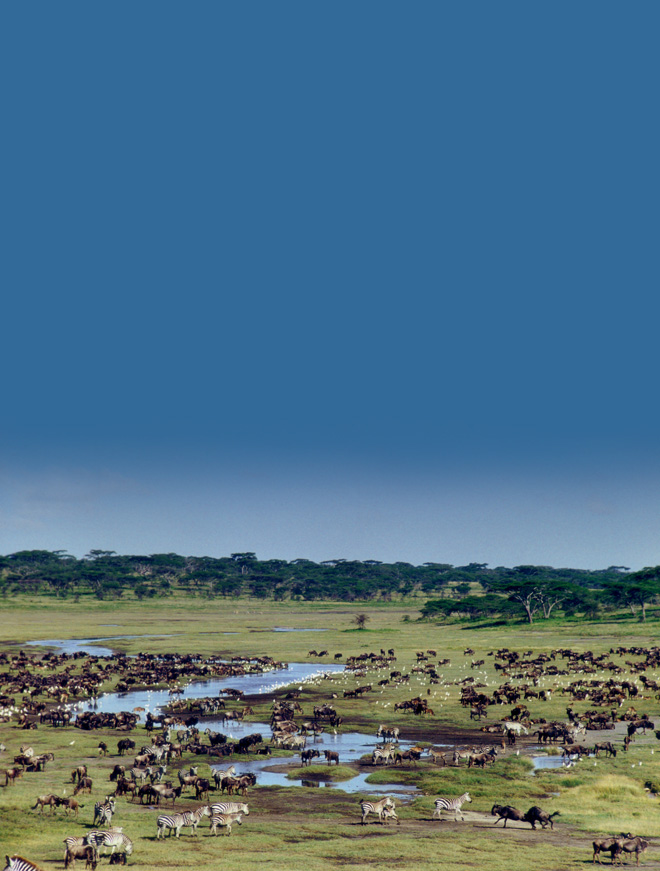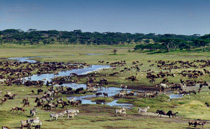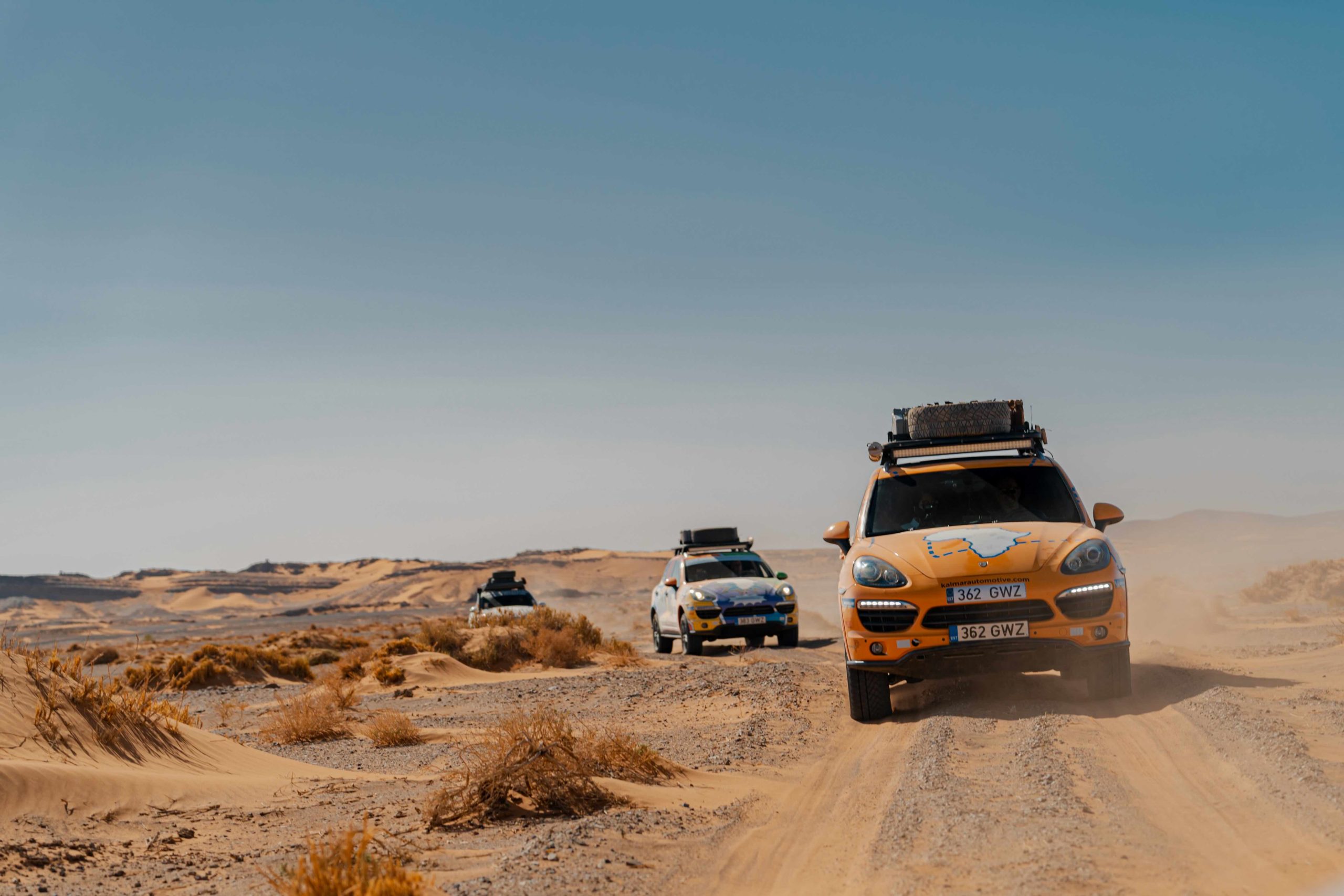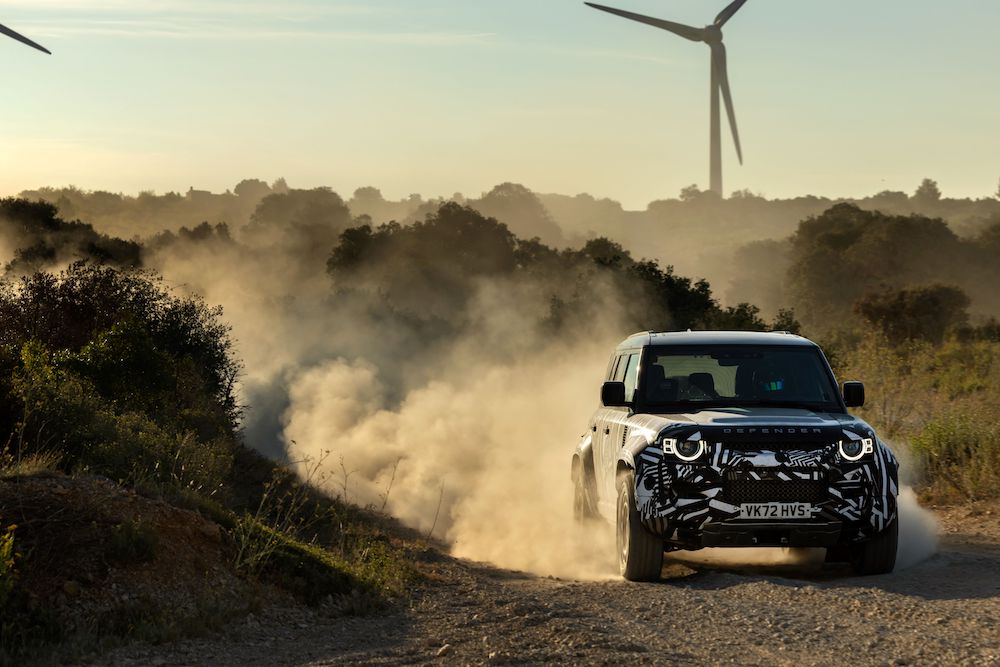Andre? van Vuuren of Explore Africa Adventures stood in stifling heat at his stand at the Annual International Tourism Expo in Holland. Outside it was raining and bitterly cold, and the Serengeti and the Ngorongoro conservancy in Tanzania were farthest from his mind.
That was until a stunning lady suddenly filled the stand with her overwhelming presence. It was Marleen Koppen, lodge manager of Ndutu Safari Lodge in the southeastern part of the Serengeti eco-system.
Explore Africa Adventures is probably the market leader in self-drive safaris from South Africa to East Africa and the Serengeti, with 12 such safaris on its r?sum?. It is generally believed that you have to be in the Serengeti in September when the migration crosses the Mara River and enters the Kenyan Masai Mara, or alternatively in June/July when the migration crosses the Grumeti River to feed the resident crocodiles.
“Marleen opened up a whole new world for me when she told me about the Serengeti and the Ndutu area in the wet season in March. The Serengeti Plains are the feeding grounds of about two million white-bearded wildebeest, and 300 000 zebras, gazelles, eland and topi, with all sorts of predators in attendance.”
She explained that the wildebeest calves are born in February, and in March every year the herds gather on the Ndutu and Naabi Plains with their newborn young.
“Then and there I decided to do a safari to Ndutu in March 2009, so when Stanley van den Heever called from Knysna to enquire about a visit to the Serengeti for him and his friends, I immediately offered him this fresh new concept,” says Andr?.
The convoy left South Africa on 1 March and headed for Tanzania via Mozambique and Malawi. No visit to Tanzania is complete without a visit to Zanzibar, so the group spent four days there before heading for Arusha.
After a visit to the Ngorongoro Crater, they were on their way to Ndutu Safari Lodge, which would be their base for the next couple of days. The normal Ascent Road out of the crater floor was closed due to maintenance after heavy rains and the convoy had to make use of an alternative exit route to the crater rim on the eastern side of the crater.
“That meant we reached the turn-off to Ndutu Safari Lodge at last light and we did the final 28,5km to the lodge in the dark. Large herds of zebras, with yellow eyes reflecting, crossed the faint dirt track, and there were long patches of water we had to drive through, getting the adrenalin going.”
But it was worth it. “We were heartily welcomed, and sat around the campfire watching the moon rising through the umbrella thorn (Acacia tortilis) trees.
“Everybody raised a glass or two, and had just sat down to a hearty four-course dinner when the lovely Marleen Koppen came into the dining area to welcome us. She had just returned from Arusha when she heard that we had arrived and immediately came down to welcome us in person.”
After an early night it was up early the next day to inspect the lodge. Genets have made themselves at home in the rafters of the lounge. These sleek and graceful spotted cats are related to the mongoose, and perform a valuable service by controlling rodents and insects.
The lodge is surrounded by indigenous trees and shrubs, which encourage a host of birds and mammals to come right to your front door. The cottages extend from the central open-sided bar, lounge and dining room.
En-suite bedrooms are simply furnished and each unit has a private veranda overlooking the soda lake, Lake Ndutu.
The lodge was originally created by hunter George Dove – his portrait hangs in the dining room and his flamboyant, waxed moustache rivals some of the trophy horns mounted on the walls!
George gave up professional hunti ng and chose Ndutu as a regular campsite. It was wild and remote, yet off ered easy access to the Serengeti Plains. During the 1960s, as tourism steadily increased in Tanzania, George Dove saw the need for a more permanent base in the area. The conservator of Ngorongoro at that ti me, the late S Ole Saibull, allowed him to build on the Ndutu site.
Ndutu quickly established a reputati on for its warm and friendly atmosphere, good service and wholesome, well-prepared food.
It soon became a favourite stopover for many interesti ng people. Several disti nguished zoologists and photographers such as Jane Goodall, Hugo van Lawick and Leo Kuenkel researched, fi lmed and wrote about the predators in this area.
Ndutu Lodge was taken over in 1996 by the current owners. Then began the gradual process of renovati on, and comfortable, att racti ve stone cott ages have replaced the original tents. The aim of the management is to only use local materials that blend in with the surroundings.
“We spent our days doing morning and afternoon game drives in the Ndutu area, says André. “Marleen combined the information the staff had about the best recent sightings and the current location of the migratory herds with her own valuable experience, and told us exactly where to go to find animal action.
“The next morning we took a track past the big marsh, where we came upon herds of thousands upon thousands of wildebeest, almost every cow with a calf.
“People read about the migration, they saw “The Serengeti” at the IMAX and tried to picture the migration of the wildebeest, but nothing comes close to what we saw that morning south of Kanga Corner when we came out of the acacia bush.
“At times we had a 360-degree view of wildebeest, as far as the eye could see. On the horizons it looked like thousands of ants on the green, endless plains.
“On our way back to the lodge, we encountered the most beautiful lions in the road, but first prize was definitely a young male leopard with his kill – a young wildebeest calf – in an umbrella thorn tree,” André enthuses.
One of the beauties of the Ndutu area is that one is allowed to drive off the road, as long as you do it in an environmentally-friendly way.
“We stopped our vehicles almost right under the tree and spent hours photographing this unbelievable predator with its prey. I now understood why this area has been the choice of professional wildlife photographers, filmmakers and researchers for decades. They come for a reason… it is the best place in the Serengeti to watch wildlife.”
Teeming herds of wildebeest, zebra and gazelle pass through the area during the rainy season from December to May. Throughout the year a constant variety of animals and birds may be seen. Lions, leopard, cheetah, hartebeest, dik-dik, steenbok, gazelle and hippo are some of the year-round residents in the Ndutu area.
“Without a doubt, however, the time to visit Ndutu is during the rainy season. After the first heavy storms the plains are instantly transformed and the migrant wildebeest, zebra and Thomson’s gazelle come to feast on the lush green pastures and give birth to their young. Wild flowers bloom on the plains and migratory birds crowd the bushes and shores of Lake Ndutu.”
The area boasts some of the finest acacia woodland on the fringe of the wide Serengeti Plains and the sight of these quintessentially African trees silhouetted against a vivid sunset or sunrise is truly memorable.
At dawn a symphony of ring-necked doves serenely heralds the coming of day. At breakfast you may be joined by superb starlings, aptly named for their iridescent blue and orange plumage, or by speckledgrey rufous-tailed weavers. Giraffe, elephant or impala may wander down for a leisurely drink in front of the lodge.
“On our final night at Ndutu Safari Lodge, sitting by the campfire under a wealth of stars and listening to the silence interrupted only by the gentle sounds of the African bush, our group looked back on a memorable experience and treasured the tranquillity and serenity before leaving for Seronera the next morning, promising ourselves that we’d be back.”









